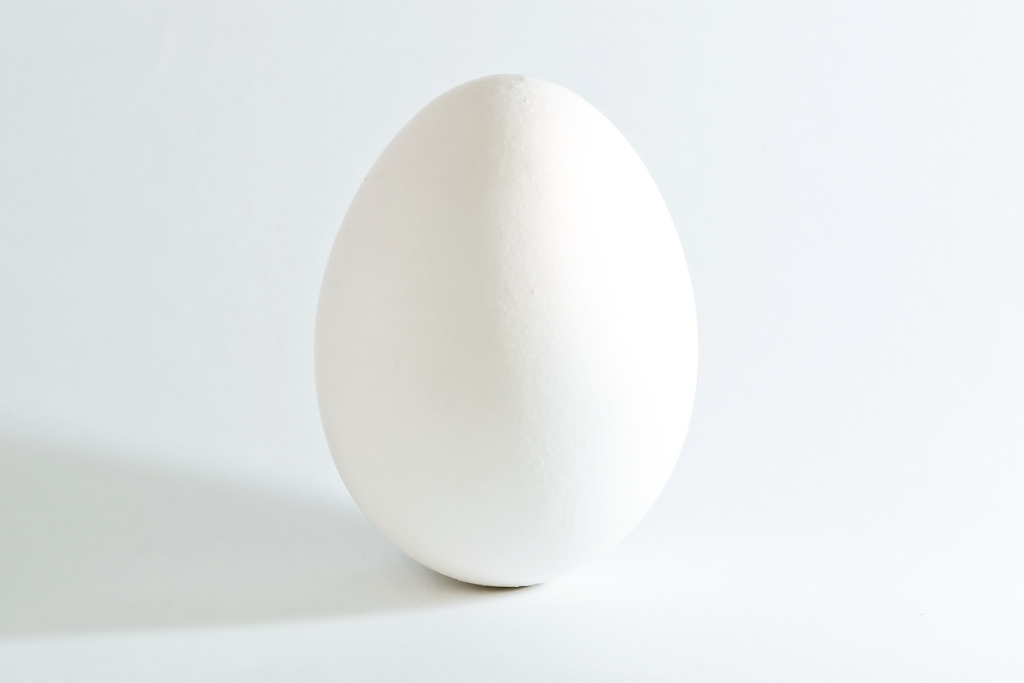 Image of chicken egg from Wikimedia Commons.
Image of chicken egg from Wikimedia Commons.
Turns out the egg is an important phase. A new study published this month in American Journal of Physiology - Regulatory, Integrative and Comparative Physiology looked at what happens in the egg when a chicken fetus was exposed to low oxygen (hypoxia) conditions. In mammals, this can occur as a result of maternal hypoxia, preeclampsia as well as anemia in the fetus resulting in less red blood cells that can carry oxygen. Understanding this is important as restricted fetal growth is associated with an increased risk for developing cardiovascular disease as an adult.
During fetal development, the heart grows by increasing cell number. Perinatal development, however, is mainly through increasing the cell size.
The researchers exposed fertilized broiler chicken eggs to either normal oxygen (21% oxygen) or low oxygen (14% oxygen) conditions. Similar to mammals, chicken embryos exposed to hypoxic conditions developed smaller hearts relative to body mass as a result of fewer cells.
Osterman H, Lindgren I, Lindstrom T, Altimiras J. Chronic hypoxia during development does not trigger pathologic remodeling of the chicken embryonic heart but reduces cardiomyocyte number. American Journal of Physiology Regulatory, Integrative and Comparative Physiology. 309(10):R1204-14, 2015. doi: 10.1152/ajpregu.00499.2014.

Here you try to evaluate which one have cardiovascular disease. I mean in chicken or the egg and this article is good for everyone because everyone like to use Chicken and egg in our daily routine life. So, this post help to keep in mind some points before use it. master papers
always During fetal development, many times the heart grows by increasing cell number. Perinatal development, however, is mainly through increasing so always get some new. shivaay total collection
always During fetal development, many times the heart grows by increasing cell number. Perinatal development, however, is mainly through increasing so always get some new.
Balachaur